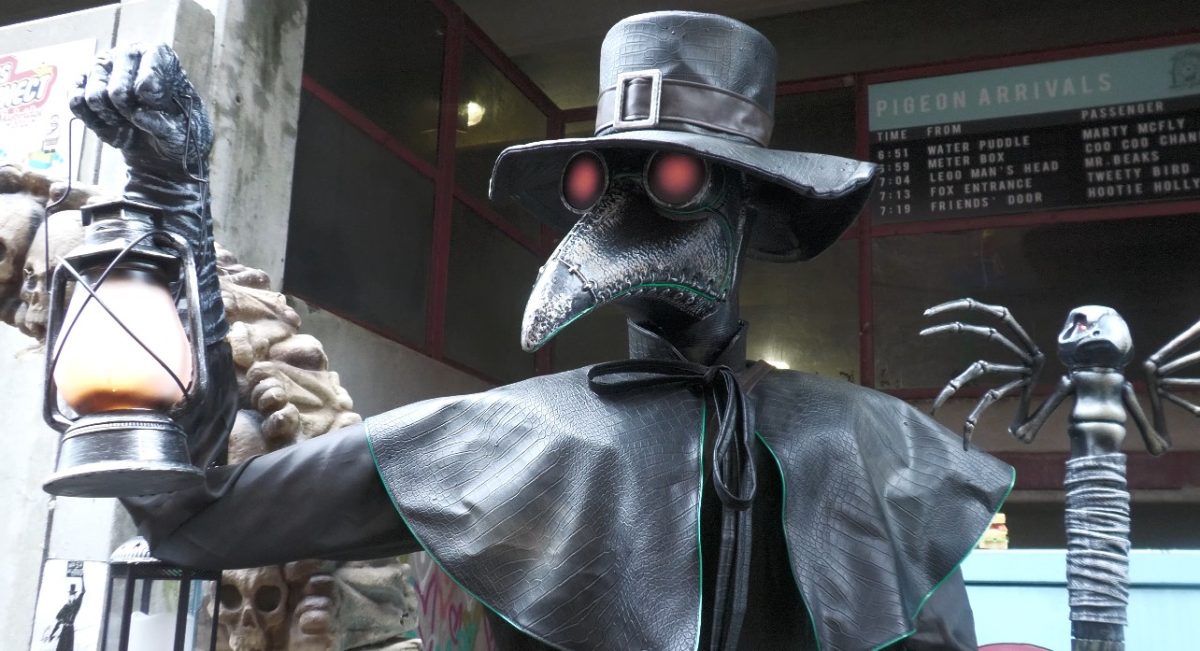“Harriet” is a great, albeit formulaic, film. It entertains without the vengeance of movies like “Inglourious Basterds” and successfully illuminates Tubman’s legacy with a burning torch. However, the movie would have improved without the heavy-handed imagery, especially in the final stretch.
“Harriet,” the first film about the abolitionist heroine since 1978, premiered Nov. 1. The sweeping biopic stars Tony Award winner Cynthia Erivo as the titular character with the supporting cast including songwriter Janelle Monae, “Hamilton’s” Leslie Odom Jr., Joe Alwyn, and country band Sugarland’s Jennifer Nettles.
Beginning in 1849, the biopic opens with enslaved woman Araminta “Minty” Ross, soon to be renamed Harriet Tubman, suffering from one of her fits. The film follows Tubman as she escapes from her owners’ plantation and finds refuge in Philadelphia. In the second half of the movie, the audience joins Tubman as she journeys back into the South to rescue her family and other slaves.
The movie excels with a linear timeline and stellar acting. Erivo, especially, brings a certain type of ferocity and vindication to the legendary Harriet Tubman. However, what would have been an easy five star review is crippled by the director’s lack of belief in the audience’s intelligence, especially with the film’s imagery and characterization.
The script sanctifies Tubman, but not without good reason. As a young girl, Tubman suffered a wound to the head, therefore causing potentially epileptic fits. The fits induced visions that Tubman claimed were from God. Combined with her religious upbringing, the visions made Tubman a very devout Christian.
The artistic direction is heavy-handed with the idea of divine intervention. Instead of regular color, Tubman’s visions are instead shown with blue-grey shades and include echoing audio. Such overt effects make it difficult for the viewer to take these visions seriously.
Tubman is further sanctified by spontaneously singing gospel songs. Those around her, black and white, cannot hear her sing. Tubman also continually insists on God’s direction in her life—enough that fellow abolitionist William Still, played by Leslie Odom Jr., remarks on a “potential brain injury.” Erivo plays the role convincingly and does not make Tubman into a martyr; however, the elements still feel false in a world so ugly.
While there are cameos from other abolitionists like Frederick Douglass, the scriptwriters took liberty with composite characters Gideon Burgess, a slave owner, and Marie Buchanan, a free black woman. The creations do not cheapen the writing’s quality, but rather make the movie more formulaic with a clear bad guy and good woman. “Harriet” is not a film intended for moral ambiguity.
The final 30 minutes of the film also fall short. The intense cat-and-mouse dance between Tubman and Burgess ends without a satisfying climax, and Tubman rides away on a literal white horse. Flashes of Tubman’s history play on the big screen: her raid in the Civil War, leading black forces for the Union and returning home to the house she had promised her parents. The conclusion reads like an elementary history textbook.





























